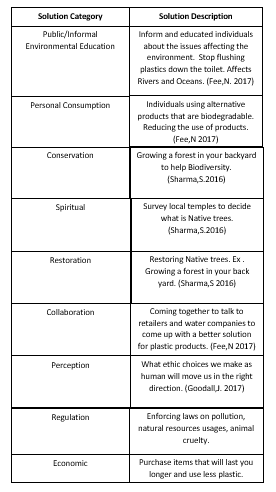1.
Id Identity: “Who am I” Values, Beliefs,
and attitudes, age, gender, and race.
2. Facts: How people many decisions based
on information.
3. Conflict Management: Decisions made
on conflicts are resolved.
4. Risk: How one is response to the impact.
5.
Ecological: Ones choice on how the impact will affect the environment both
human and natural.
Identity is first frame one values, and beliefs could have an impact on the other
frames that I have listed. Everyone has an individual characteristic. Facts is
my second frame, most individuals like to see the facts before a decision is
made that could impact them, a business, or a law. Conflict Management
is my third frame, this is how one reacts to the laws, policies and regulations
put in place. Risk is my fourth frame the decisions that have been
managed along with the facts that have been provided, determines on the risk
that have been taken or that are going to occur. Lastly the Ecological frame
one risk that an individual’s values or beliefs could impact the environment to
both human, animal and resources. These environmental policy frame works all tie in together. They play a factor on the environment is protected or impacted by the decisions that we make in everyday life.
References:
Davis, C. B., & Lewicki, R. J. (2003). Environmental conflict resolution: Framing and intractability--an introduction. Environmental Practice, 5(3), 200-206.
Bryan, T. (2003). Context in environmental conflicts: Where you stand depends on where you sit. Environmental Practice, 5(3), 256-264.
- Environmental Framing Consortium. (2005). Framing choices. Understanding Environmental Problems. http://www.intractableconflict.org/environmentalframing/framing_choices.shtml


.jpg)

